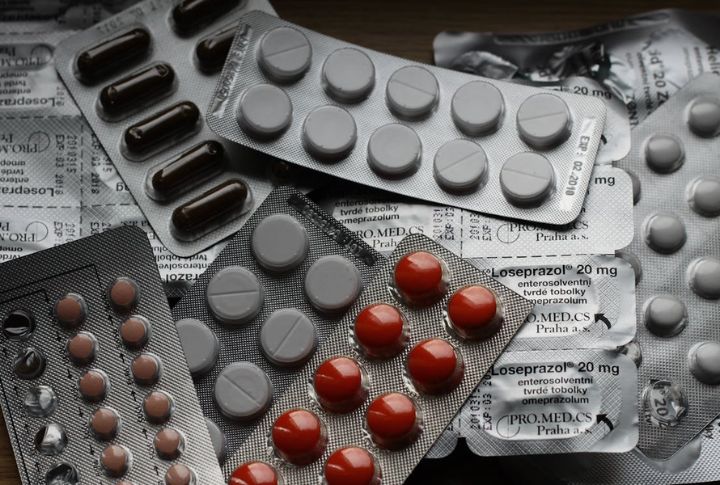Lifestyle
10 Unsafe Chinese Goods That Raised Red Flags In The U.S.

Products imported from overseas often promise affordability, but sometimes, they come with hidden dangers. Over the years, several Chinese-made goods have raised serious safety alarms across the U.S., from toxic chemicals in household items to dangerous defects in electronics. This list highlights 10 alarming cases where public health or trust was compromised, reminding us to examine more closely what we bring into our homes.
Toothpaste

Banned after a 2007 FDA alert, these products were sold under false labels in discount and ethnic stores. Several toothpaste brands imported from China were found to contain diethylene glycol, a toxic ingredient used as an antifreeze. Ingesting it posed serious health risks, including liver and kidney failure.
Children’s Jewelry

Children’s jewelry from China was found to contain up to 90% lead, a neurotoxin. One case resulted in a child’s death in Minnesota. Despite appearing colorful and safe, these items were sold at major U.S. retailers and later recalled by the CPSC (Consumer Product Safety Commission).
Chinese Drywall

Imported drywall released hydrogen sulfide gas, which corroded wires and appliances. Over 100,000 homes were affected after Hurricane Katrina. Victims reported nosebleeds and respiratory issues. Many products were mislabeled, making them hard to trace. Full home replacements were often the only solution to stop the damage.
Melamine-Contaminated Infant Formula

Industrial melamine was illegally added to baby formula to fake higher protein levels. Over 300,000 infants were sickened, and six died from kidney failure. U.S. officials seized contaminated imports. Powdered versions also appeared in other foods, prompting global recalls and stricter oversight of dairy-based imports.
Exploding Hoverboards

Chinese-made hoverboards were powered by defective lithium-ion batteries prone to overheating. The CPSC reported dozens of fires in U.S. homes. Many lacked UL safety certification and were sold under different brand names. Fire departments across the country issued safety warnings after multiple explosion incidents.
Seafood

Consumers were advised to avoid certain imports due to contamination risks.Some Chinese seafood imports contained banned drugs like malachite green and nitrofurans, both known carcinogens. Catfish, tilapia, and eel were frequently affected. The FDA rejected multiple shipments, and food safety groups urged stricter inspections.
Cadmium-Tainted Collectibles

In 2010, the CPSC flagged several promotional items for containing cadmium, a toxic metal linked to kidney and lung damage. “Shrek” glasses and charm bracelets—marketed toward children—were among the products recalled. Many of them exceeded federal safety limits, catching consumers off guard with items that seemed harmless at first glance.
Electric Blankets

Imported electric blankets from China had poorly insulated wiring and lacked temperature controls. These blankets overheated quickly, causing fires and burns. Sold under generic Amazon brands, many were recalled after reports of injuries were made. Incidents like these made UL certification a key detail many shoppers now look for before buying.
Flammable Children’s Pajamas

Some children’s pajamas imported from China failed U.S. flammability tests, posing burn risks. Marketed with popular cartoon characters, these clothes gave parents false confidence. After multiple warnings, U.S. regulators ordered recalls. The garments burned rapidly when exposed to open flames, like candles or stoves, endangering children.
Fake Pharmaceuticals

U.S. customs seized counterfeit medications from China, including fake antibiotics and erectile dysfunction pills. Often sold online through shady pharmacies, they looked like real drugs in appearance. Lacking active ingredients, these fakes put patients at risk by offering no treatment while worsening underlying health conditions.

